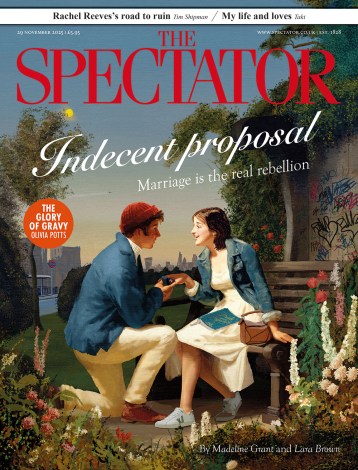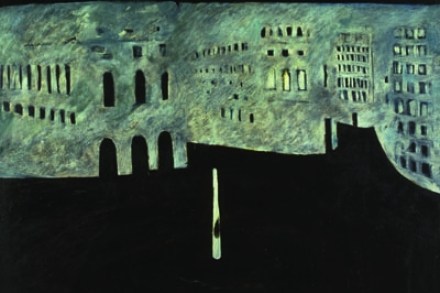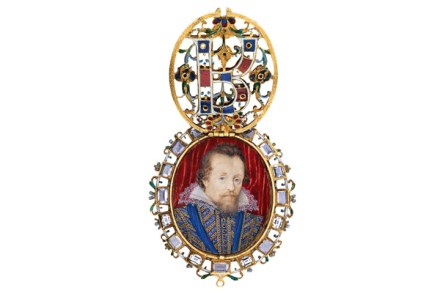Missing links
The primary experience of looking at painting is the crucial encounter between a painted surface and the human eye. Nothing is quite like it, and this unique experience cannot be replaced or replicated by looking at a painting in printed reproduction or on a computer screen. This may be a truism but it is worth




















